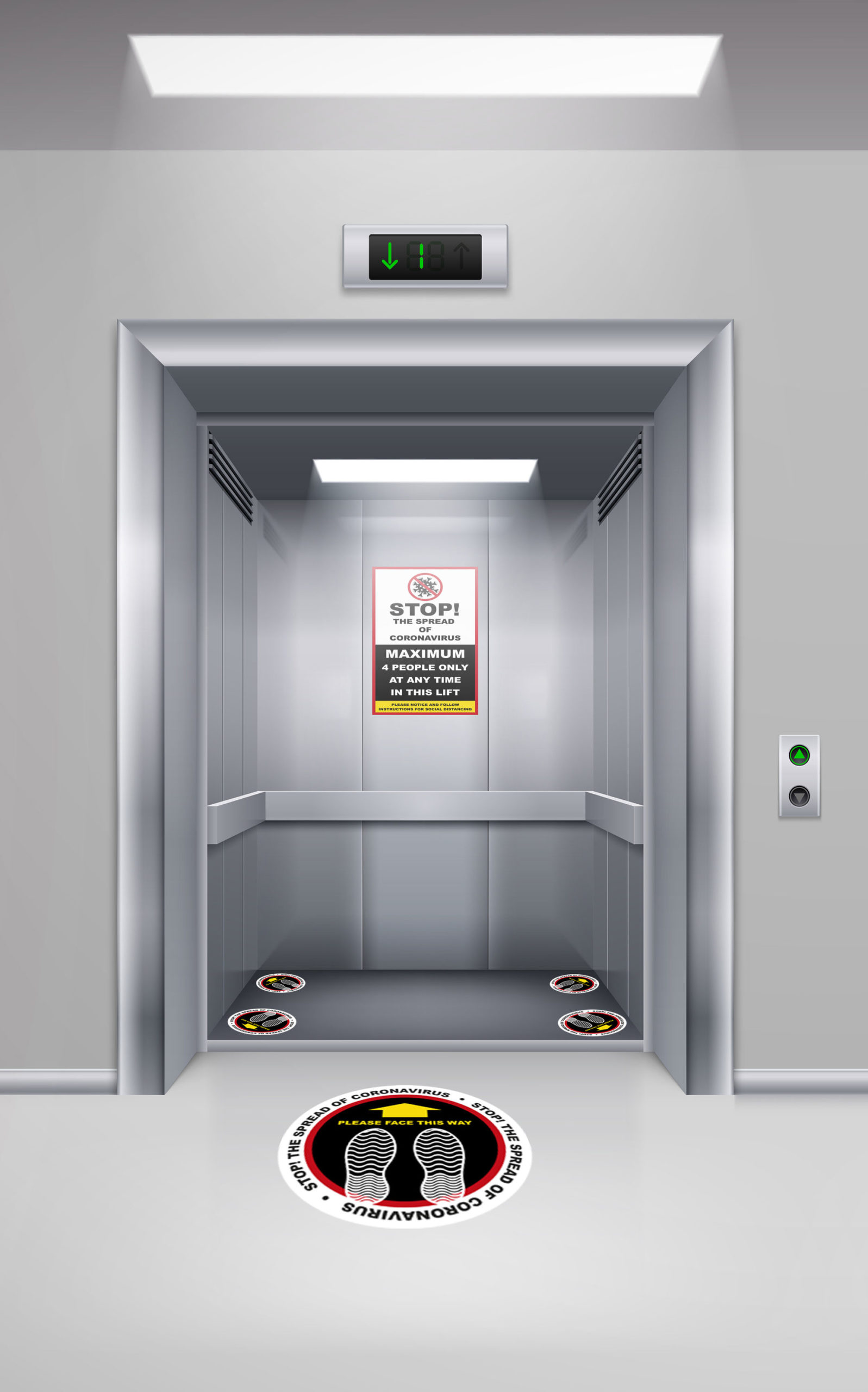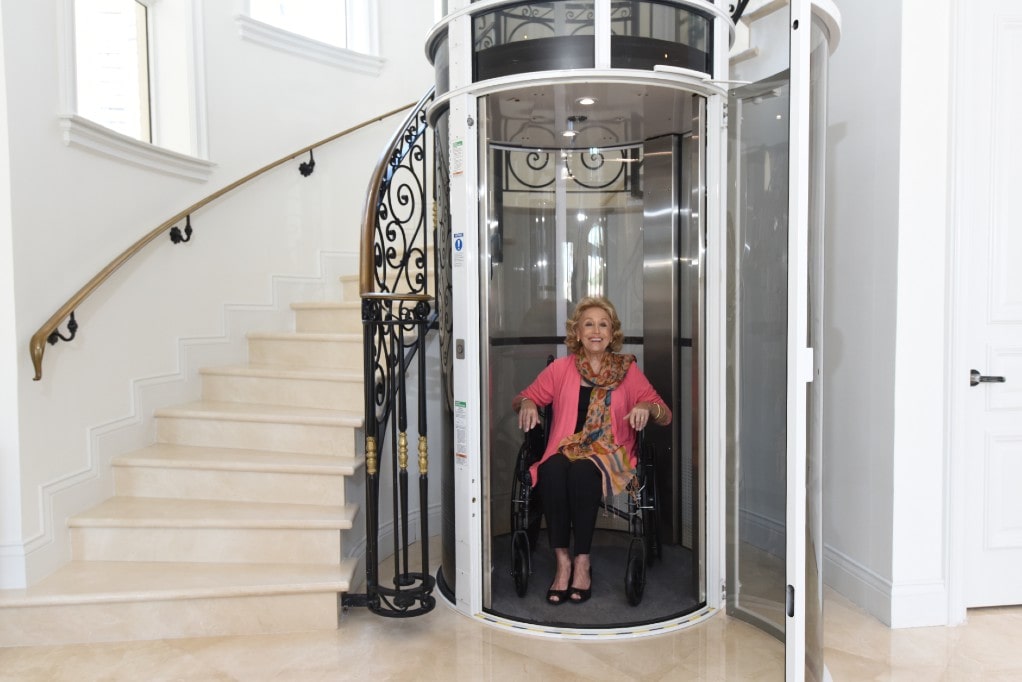Untangling the Intricacies of Lift Modern Technology: Troubleshooting Common Troubles Across Lift Versions
From slow operation issues to peculiar noises emanating from the machinery, repairing common troubles throughout numerous lift models demands an eager eye for detail and a methodical technique. Remain tuned as we browse via the labyrinth of lift malfunctions, seeking options to the enigmatic troubles that can disrupt the smooth performance of these indispensable apparatuses.
Identifying Slow Operation Issues

Next, inspect the electric links to ensure that all components are correctly linked and working. Malfunctioning circuitry or loosened connections can lead to slow down operation or total malfunction of the lift system. Additionally, it is necessary to evaluate the control system to identify if the issue lies in the programming or sensors.
If the visual assessment and electrical checks do not expose the origin reason of the slow-moving procedure, additional diagnostic tests may be essential. These can consist of stress tests for hydraulic systems, voltage tests for electrical parts, or running analysis software for the control system. repair and maintenance services. By adhering to an organized strategy to repairing sluggish operation concerns, you can effectively determine and deal with the problem, making certain the lift runs safely and properly
Attending To Strange Sounds
To successfully fix lift technology for odd noises, a thorough exam of the lift elements following the recognition of slow procedure issues is imperative. Weird sounds in lifts can be a sign of underlying problems that need punctual interest to make certain the security and integrity of the system. Common resources of strange noises in lifts consist of worn-out or misaligned sheaves, harmed motor bearings, broken or loosened suspension ropes, and malfunctioning control systems. When resolving unusual sounds, it is vital to perform a systematic assessment of these parts to pinpoint the precise root cause of the sound accurately. This might entail looking for any type of noticeable indicators of wear and tear, checking the capability of electric motor bearings, tightening loose links, and oiling relocating components as needed.
Moreover, it is critical to describe the lift producer's upkeep standards and look for aid from certified specialists when handling complex lift components or unfamiliar troubleshooting procedures. By quickly attending to weird sounds and dealing with underlying problems, lift drivers can ensure the optimal efficiency and safety and security of the lift system for drivers and guests.
Resolving Faulty Control Problems
An efficient technique for addressing damaged control issues in lift innovation involves performing an extensive assessment of the control system's parts and performance. When experiencing issues with lift controls, it is vital to very first check for any kind of loose links, damaged wiring, or malfunctioning sensing units. Verifying that all control keypads, displays, and switches are functioning properly is also necessary in diagnosing the issue properly.
If no visible problems are apparent, service technicians should proceed to check the control board for any indications of water getting too hot, corrosion, or damage, as these can often cause regulate breakdowns. Additionally, resetting the control system or updating the software application might aid resolve specific problems or pests causing the issue.

Taking On Hydraulic System Malfunctions
The efficiency of hydraulic systems in lifts relies greatly on the proper performance of different components within the system. When hydraulic systems malfunction in lifts, it can cause operational interruptions and safety concerns. One common problem is hydraulic liquid leak, which can occur because of damaged seals, loose links, or harmed cylinders. To tackle this issue, technicians ought to perform an extensive examination to identify the source of the leakage and change any malfunctioning parts promptly.
Furthermore, irregularities in hydraulic fluid levels or unusual noises throughout lift procedure might london lift company suggest underlying system breakdowns that need immediate attention to prevent more damages. Normal upkeep and timely troubleshooting of hydraulic system issues are essential to ensuring the effective and risk-free operation of lift technology.
Managing Electric Element Failures
Addressing electric element failures in lift technology necessitates a systematic strategy to identifying and fixing issues to keep functional performance and safety standards. When encountering electric issues in lift systems, it is essential to initial carry out a complete assessment of the electrical parts, including control board, circuitry, sensors, and motherboard. Any type of indicators of damage, corrosion, loose connections, or scorched elements should be meticulously noted and resolved immediately to stop more issues.
When it comes to electric component failings, it is necessary to comply with supplier guidelines for fixing and repair treatments. This may entail checking the components utilizing multimeters, oscilloscopes, or various other diagnostic tools to identify the specific source of the malfunction. In addition, having an extensive understanding of the lift's electric we maintain lifts schematics and circuitry diagrams can help in recognizing and correcting problems successfully.
Normal upkeep and evaluation timetables can aid prevent electrical failures by detecting potential problems early. Correct training for lift specialists on electrical systems and elements is likewise crucial to make certain accurate diagnosis and efficient resolution of electrical issues, inevitably adding to the total safety and security and reliability of lift operations.
Final Thought
Finally, repairing lift modern technology calls for a systematic approach to identify and address common problems such as slow-moving procedure, weird sounds, damaged controls, hydraulic system breakdowns, and electrical component failures. By recognizing the intricacies of lift modern technology and complying with appropriate troubleshooting steps, technicians can properly settle concerns and make sure the efficient and secure procedure of lifts across various versions.
To properly fix lift technology for strange sounds, a detailed assessment of the lift elements complying with the identification of slow-moving procedure problems is critical. Weird sounds in lifts can be indicative of underlying troubles that call for timely attention to make certain the disabled platform lifts prices uk security and reliability of the system.An effective approach for attending to defective control troubles in lift innovation involves performing a detailed assessment of the control system's parts and performance.The effectiveness of hydraulic systems in lifts counts heavily on the correct performance of various parts within the system. repair and maintenance services. When encountering electric problems in lift systems, it is critical to first perform a comprehensive examination of the electrical parts, including control panels, electrical wiring, sensing units, and circuit boards
Comments on “Discover the very best Disabled Platform Lifts Prices UK for Residential and Commercial Usage”